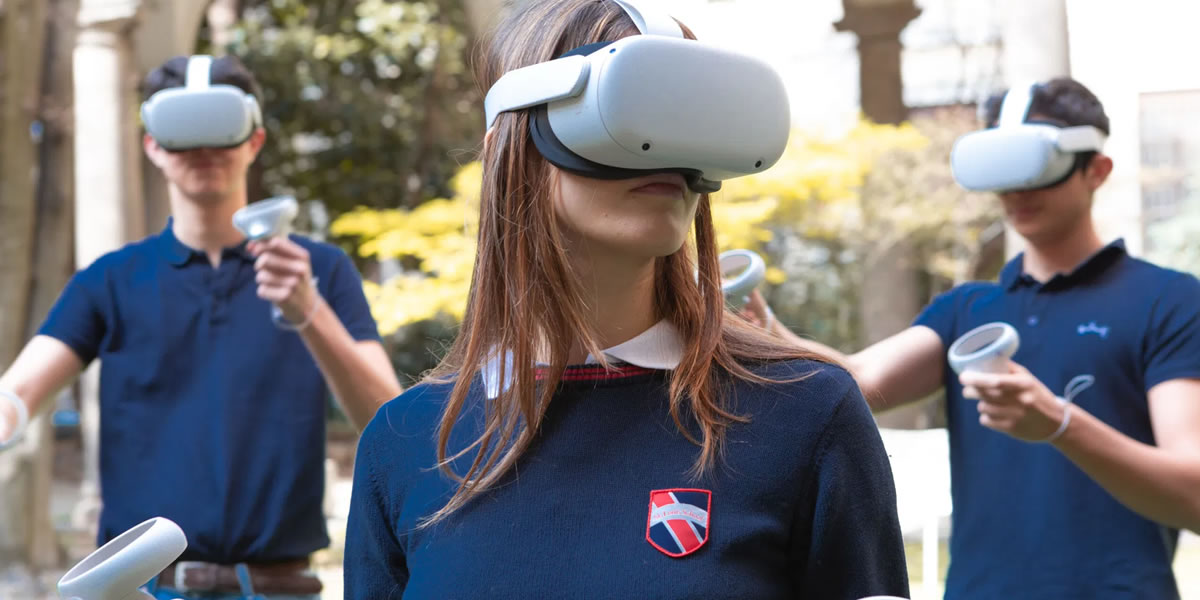How Virtual Reality Classrooms Are Redefining Education
Virtual reality (VR) classrooms are no longer a futuristic fantasy; they are rapidly transforming traditional learning environments and bringing immersive education to students worldwide. By integrating cutting-edge VR technology, educators can spark curiosity, increase engagement, and offer interactive learning experiences that go far beyond textbooks and lectures.
Effectiveness of VR in the classroom
Recent research underscores the effectiveness of VR in the educational landscape. A study published in the Journal of Computer-Assisted Learning found that VR-based learning can improve student engagement by up to 30% compared to traditional methods. Another investigation by the University of Maryland reported a 40% increase in recall accuracy among students who used VR simulations rather than standard desktop-based learning tools. These findings highlight the power of immersive technology to enhance retention, understanding, and motivation.

Virtual Lessons with William Shakespear
One key advantage of virtual reality classrooms is their ability to make abstract concepts more tangible. Students studying subjects like biology, astronomy, or architecture can virtually explore cells, galaxies, or building designs, gaining hands-on experience without leaving the classroom. This sense of presence and realism fosters deeper learning, as students are encouraged to experiment, collaborate, and make mistakes in a risk-free environment.
Moreover, VR classrooms support differentiated instruction by catering to various learning styles. Visual learners benefit from 3D representations and graphical elements, while kinesthetic learners can interact with simulated objects and environments. With personalized lessons and real-time feedback, VR technology empowers educators to adapt to individual needs, ensuring no student is left behind.
Reducing Costs for VR in Education
Another factor driving the adoption of VR in education is the declining cost of hardware. Headsets and accessories are becoming more affordable, making immersive technology accessible to institutions with tight budgets. Market research predicts that the global VR in education market could reach nearly $19 billion by 2026, reflecting growing interest and investment in these innovative tools. Meta has significantly contributed to lowering VR hardware costs, consistently demonstrating its commitment to making virtual reality accessible for the wider market. Their newest headset, the Quest 3s, further highlights this effort, launching at an affordable $299.

Inspired Education Group VR Classroom
The rise of virtual reality classrooms also paves the way for global collaboration. Teachers can connect classrooms across continents, enabling students to learn about different cultures and perspectives through shared experiences in a virtual space. As the technology evolves, we can expect even more advanced capabilities—such as tactile feedback and augmented analytics—to enhance these interactive lessons.
From boosting student engagement to expanding learning possibilities, VR classrooms are redefining education in profound ways. As research continues to showcase their impact on knowledge retention and critical thinking, it’s clear that immersive technology will play a pivotal role in shaping the future of teaching and learning.
